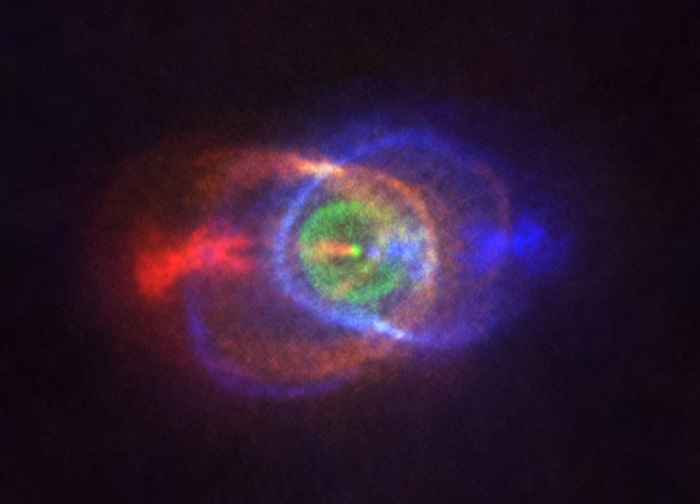Alma, the impressive observatory made up of 66 radio telescopes of 12 and 7 meters in diameter which are located at 5,000 meters in the Atacama desert in Chile, is celebrating its tenth birthday. The telescope of the European Southern Observatory (Eso), in which it participates Italy has also allowed, from the observations of primordial galaxies dating back 13 billion years ago to the unprecedented study of planets in formation.
Soon Alma will even be enhanced by a new 'brain' that will improve its performance
Formally inaugurated on March 13, 2013 thanks also to the participation of US, Canadian, Japanese, Taiwanese and Chilean research institutions, ALMA (Atacama Large Millimeter/submillimeter Array) is the most expensive astronomical project based on land, of about 1.3 billion of dollars.
The observatory, or more correctly a radio interferometer, is actually made up of a set of 'classic' radio telescopes - large dishes between 12 and 7 meters capable of detecting radio waves in various lengths - which can move according to need on the large plateau of Atacama, especially in the plain of Chajnantor.
The telescopes can therefore move 'zooming' on various parts of the sky and combine the data collected as if they were a single huge telescope kilometers wide.
Thanks to its incredible characteristics, in these 10 years Alma has made a fundamental contribution to many sectors of astronomy.
His gaze allowed us to observe the most ancient universe, discovering, for example, the oldest oxygen atoms produced by fusion reactions inside the first stars, when the cosmos was only 500 million years old, as well as the oldest galaxies dating over 13 billion years ago.
But ALMA also allows you to study much closer objects such as planets around other stars, in particular to observe what is hidden under the thick clouds of gas and dust within which new planets are formed.
Alma was also fundamental in discoveries of other kinds,
for example, he contributed to the first photograph of a black hole and helps to understand what happens around these cosmic 'monsters' that are impossible to photograph directly.
Soon Alma will also be enhanced with a new 'brain', new computers for data processing that will improve its performance up to 400 times.

